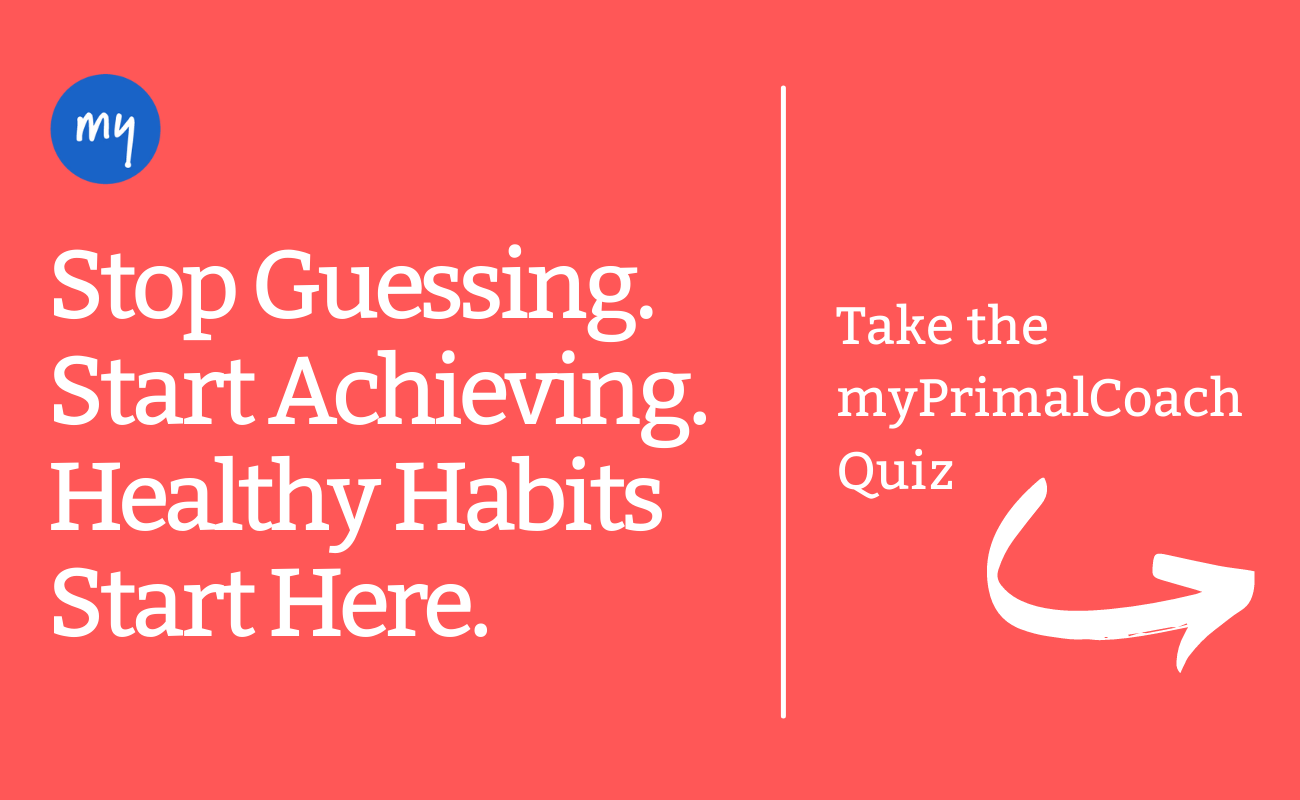Exercising daily is one of the best things you can do for your health. But that doesn’t mean you have to spend all your free time lifting weights or slogging away in spin class. Research shows that quick bursts of exercise throughout the day (also called intermittent exercise) can be as effective for losing weight, burning fat, lowering insulin levels, and decreasing anxiety as longer, continuous sessions.
Whether you’re short on time, a self-described exercise-hater, or new to physical fitness in general, intermittent exercise might be the perfect solution. In this article, we’ll unpack what intermittent exercise is, its effectiveness, and how to incorporate these brief workouts into your day. No gym required.

Walking for Intermittent Exercise
So, What is Intermittent Exercise?
The American Heart Association and CDC recommend a minimum of 150 minutes of moderate-intensity aerobic activity per week, plus two days per week of muscle strengthening exercises, which can feel overwhelming. That’s where intermittent exercises come in.
Think of them as mini workouts performed a few times during the day. Instead of setting aside 30 minutes to an hour to exercise, these short workouts range from 5-10 minutes each. You can do them anywhere too — at home, at work, even on vacation.
Are Shorter Workouts Effective?
In this study published in the American Journal of Health Promotion, researchers found that short bursts of moderate to vigorous physical activity led to a decrease of 0.07 BMI (that’s about half a pound) for each minute the participants spent exercising. The study also found that it lowered the risk of obesity for women by 5% and for men by 2%.
Another study showed increases in HDL cholesterol (that’s the good kind), a decrease in triglycerides, total cholesterol, and anxiety, and a reduction in body fat percentage, waist, and hip circumference.
One of the reasons intermittent exercise is so effective though is that it makes working out more doable. It’s easier to get excited about a few quick workouts as opposed to an hour-long session. And your brain takes note. When you perceive something as fun and rewarding, your compliance and adherence improve.
Because these mini workouts are easier to do, it’s easier to stick with them for the long term.
Examples of Intermittent Exercises
The goal is to include exercises that you can do, and that you don’t mind doing. If you can’t perform a pull-up right now, you have an injury that prevents you from doing squats, or you despise planks, choose something that’s currently in your fitness wheelhouse. Many of these activities are bodyweight only; others require a resistance band or lightweight such as a water bottle. Also, keep in mind that something as simple as a brisk walk or dancing around your house counts!
List of intermittent exercises:
- Walking
- Running in place
- Dancing
- Climbing stairs
- Jumping jacks
- Burpees
- Mountain climbers
- Yoga
- Push-ups
- Pull-ups
- Wall sits
- Squats
- Calf raises
- Planks
- Tricep dips
- Bicep curls
- Chest presses
- Shoulder presses
- Rows
Adding Intermittent Workouts to Your Day
While you don’t need a formal routine (you can set a timer for 5 or 10 minutes and mix up a few of the exercises listed above or head outside and go for a walk a few times per day), having a plan in place can keep you motivated and help you establish a habit that lasts. Not familiar with some of these exercises? Check out this post with how-to videos. Or this post featuring 10 full body (and Primal-approved) workouts you can do in 10 minutes flat.
5- or 10-Minute Cardio Workout #1
Complete each exercise for 45 seconds, followed by a 15 second rest. Perform once through for a 5-minute workout; 2 times through for a 10-minute workout.
Burpees • Jumping Jacks • Mountain Climbers • Push-Ups • Running in Place
5- or 10-Minute Cardio Workout #2
Complete each exercise for 45 seconds, followed by a 15 second rest. Perform once through for a 5-minute workout; 2 times through for a 10-minute workout.
Planks • Squats • Jumping Split Squats • Push-Ups • Jumping Rope
5- or 10-Minute Strength Workout #1
Perform 12 to 15 reps of each exercise, repeating the sequence as many times as possible.
Deadlift • Push-Ups • Tricep Dips • Bicep Curls • Shoulder Press
5- or 10-Minute Strength Workout #2
Perform 12 to 15 reps of each exercise, repeating the sequence as many times as possible.
Chest Press • Rows • Alternating Lunges • Russian Twists • Calf Raises
Resources to Make Your Habit Stick
Anytime you’re starting a new habit, whether it’s learning how to eat primally, improving your sleep hygiene, or incorporating exercise into your day, it’s important to find ways to stay accountable. Working with your health coach in the myPrimalCoach app is one way. But you can also help yourself by understanding what you need to be successful. That might mean setting a timer three times a day to remind you to exercise. Or keeping your resistance bands and sneakers in plain sight.
Conclusion
Intermittent exercises are 5- to- 10-minute workouts you perform periodically throughout your day. Research shows that they’re as effective as longer, single sessions when it comes to weight loss, fat loss, lowering insulin levels, and decreasing anxiety. And since they’re easier to fit into your schedule, this method of working out becomes even more effective because you’re more likely to stick with it. Intermittent exercise doesn’t have to be complicated either. It could be as simple as going for three 10-minute walks per day.
For more tips on intermittent exercise, reach out to your coach in the myPrimalCoach app. Not a client yet? Sign up here.

